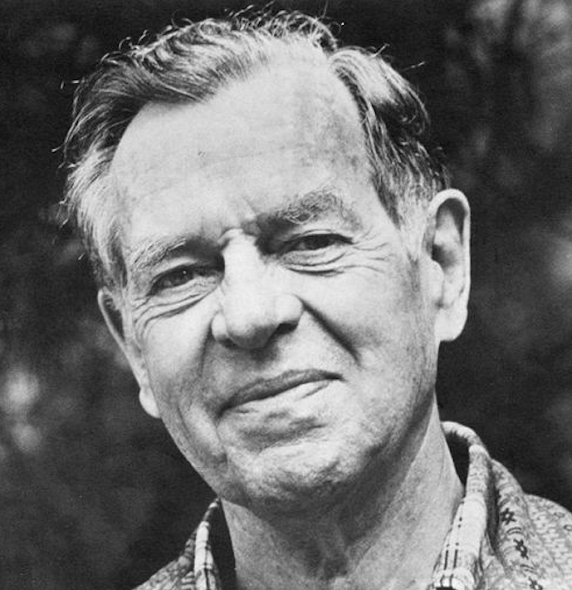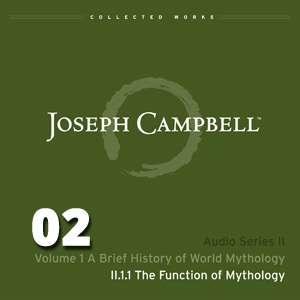
Mythological Symbols: Their Origin and Purpose
In this lecture, Joseph Campbell explores the origin and purpose of mythological symbols. He argues that they are not pseudo-scientific or pseudo-historical, but rather, that they spring from the psyche. “Mythology’s symbols are not the consequence of observations;” he states, “they are the consequence of observations misinterpreted through projections from the human psyche. And these symbols, which have great significance psychologically, have, as a consequence of their interpretation as history and cosmology, been taken away from us. They no longer are working.” He goes on to explain his interpretation of their function and purpose in our lives.
Size: 2.81 MB
Version: v11.1.2
